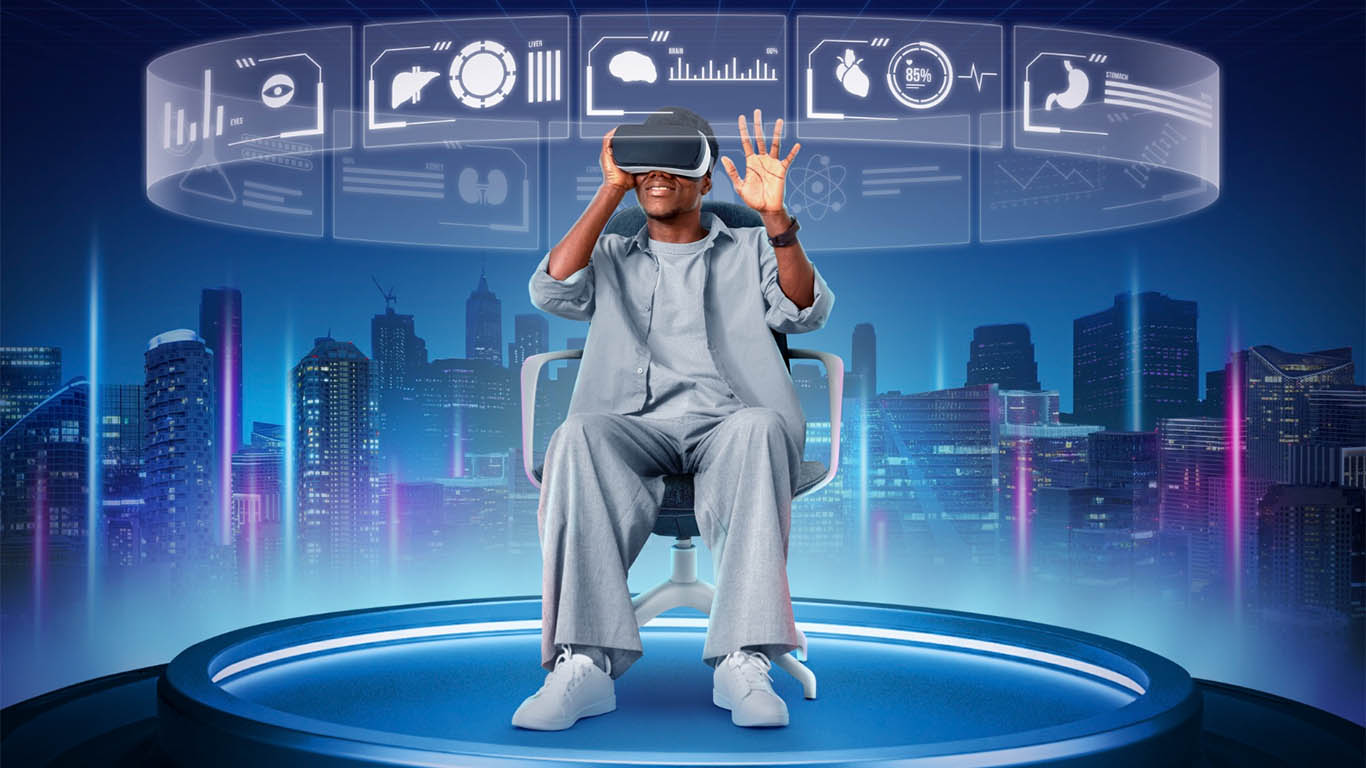Technology has long been a driving force behind progress and change, but in recent years, we’ve witnessed a wave of innovations that are directly impacting the quality of life in positive ways. These advancements are not only shaping industries and economies but are also solving some of the world’s most pressing social, environmental, and health challenges. From sustainability to health care, education to accessibility, the transformative power of tech is helping make the world a better place.
In this article, we explore some of the most impactful ways technology is revolutionizing our everyday lives for the greater good.
1. Sustainability and Environmental Protection
One of the most significant areas where technology is making a difference is in environmental sustainability. From clean energy solutions to reducing waste, tech innovations are paving the way for a greener planet.
- Renewable energy: Solar and wind technologies have come a long way, providing cheaper and more efficient ways to harness the Earth’s natural resources. Innovations in energy storage, such as better battery technology, are ensuring that renewable energy can be stored and used even when the sun isn’t shining or the wind isn’t blowing.
- Smart agriculture: Precision farming, driven by sensors, drones, and AI, is enabling farmers to use resources more efficiently, reducing water usage, chemical fertilizers, and increasing crop yields.
- Waste management: New technologies, such as waste-to-energy systems and AI-driven recycling, are helping reduce landfill waste while converting it into useful products, like energy or reusable materials.
These advances not only help conserve the environment but also contribute to the fight against climate change by reducing carbon footprints and promoting sustainable practices.
2. Healthcare Innovations Saving Lives
Health care is another area where technology is having a profound impact. Whether it’s through diagnostic tools, personalized treatments, or mental health support, tech is improving lives in ways that were once unimaginable.
- Telemedicine: The rise of telehealth services has made healthcare more accessible, particularly in rural or underserved areas. Patients can now consult doctors remotely, saving time and money while receiving high-quality care. This technology has been especially critical during the COVID-19 pandemic, helping people stay connected with healthcare professionals despite social distancing restrictions.
- Wearables and health tracking: Devices like smartwatches and fitness trackers monitor everything from heart rate to sleep patterns, enabling users to make informed decisions about their health and wellness. More advanced wearables are even capable of detecting early signs of conditions like arrhythmias or diabetes.
- AI-driven diagnostics: Artificial intelligence is helping doctors make faster, more accurate diagnoses. Machine learning algorithms can analyze medical images, like X-rays and MRIs, with remarkable precision, detecting diseases such as cancer in early stages when treatment is most effective.
These innovations are enhancing the quality of care, making healthcare more inclusive, and ultimately saving lives.
3. Education and Learning for All
Technology is also revolutionizing education, making learning more accessible and engaging for people of all ages and backgrounds.
- E-learning platforms: Online education platforms like Coursera, Udemy, and Khan Academy provide learners with access to courses on everything from computer science to creative writing. This democratization of knowledge means that anyone with an internet connection can learn new skills and further their education, regardless of their location or financial situation.
- Virtual classrooms: Video conferencing tools and digital classrooms allow teachers and students to connect in real time, fostering an interactive learning experience. This became especially crucial during the pandemic, when traditional in-person classes were suspended.
- Adaptive learning: AI-powered learning platforms can adjust the curriculum to each student’s needs, providing personalized learning experiences that cater to their strengths and weaknesses. This approach increases engagement and helps students learn at their own pace.
By breaking down geographical and financial barriers, technology is helping create more equal opportunities for learning around the world.
4. Improving Accessibility for All
Another area where technology is creating positive change is in accessibility for people with disabilities. Tech innovations are providing new tools that help individuals with mobility, visual, auditory, and cognitive impairments lead more independent lives.
- Assistive technologies: Screen readers, speech recognition software, and smart home devices are helping people with visual or hearing impairments interact with the world in ways that were previously challenging. For example, voice-activated assistants like Alexa and Siri allow users to control their environment and access information hands-free.
- Smart prosthetics: Advances in robotics and AI have led to the development of prosthetic limbs that are more functional and responsive. These devices can even be controlled by the user’s thoughts, improving mobility and quality of life.
By making everyday tasks more accessible, technology is giving people with disabilities greater autonomy and inclusion in society.
Conclusion
From improving environmental sustainability to enhancing healthcare and education, and increasing accessibility, technology for good is reshaping our world in profound ways. Innovations are helping to solve real-world problems, improve lives, and create a more equitable future for all. As we continue to embrace technological advancements, we can look forward to a future where the positive impact of tech is felt far and wide — in our homes, communities, and across the globe.

